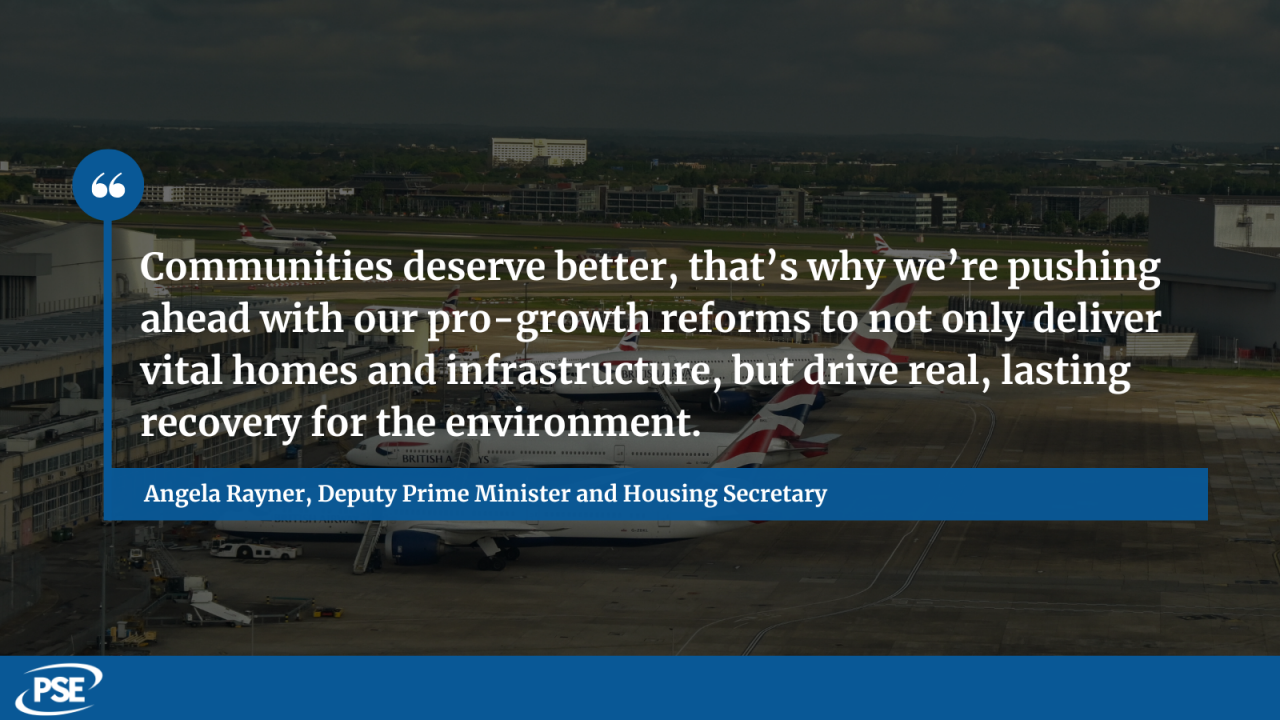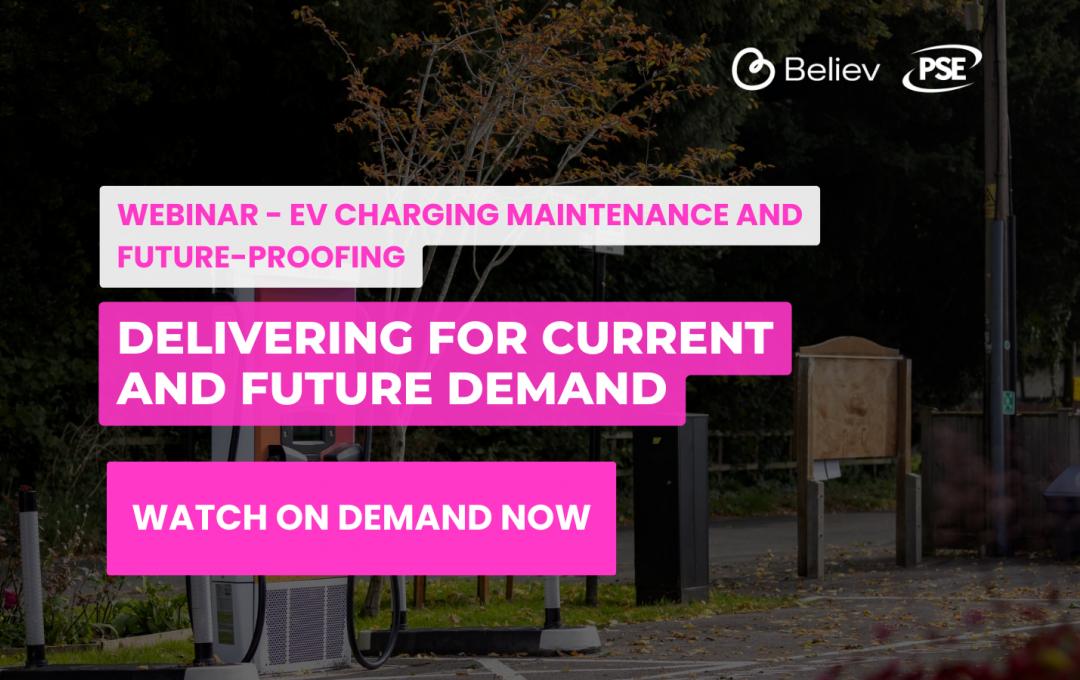First-time buyers and communities across Britain are set to benefit from a £500 million planning reform package, designed to accelerate infrastructure delivery, unlock housing development, and safeguard the environment under the government’s Plan for Change.
The funding will support faster processing of planning applications, resolve complex land issues, and build capacity across the planning system. It includes investment in the Nature Restoration and Marine Recovery Fund, ensuring that environmental protections remain robust while enabling the delivery of 1.5 million homes and 150 major infrastructure decisions by the end of this Parliament.
The Lower Thames Crossing will become the first major UK infrastructure project to benefit from a Lead Environmental Regulator, streamlining approvals and cutting delays. Natural England will take on this role, coordinating with the Environment Agency and Marine Management Organisation to provide unified guidance.
A new Defra Group Infrastructure Board will oversee at least 50 major projects, including Hinkley Point C, East West Rail, and Heathrow expansion, identifying challenges early and ensuring proportionate, timely decisions. This approach draws lessons from past projects like HS2, where environmental obligations caused costly delays.
Angela Rayner, Deputy Prime Minister and Housing Secretary, commented:
“We have been stuck with a status quo that has stopped us building the homes we need, and has done nothing for nature’s recovery.
“Communities deserve better, that’s why we’re pushing ahead with our pro-growth reforms to not only deliver vital homes and infrastructure, but drive real, lasting recovery for the environment.
“This is another step towards our 1.5 million homes Plan for Change target which will restore the dream of homeownership, end the housing crisis, and boost economic growth across the country.”

The reforms follow recommendations from the Corry Review, commissioned by Steve Reed, with 9 of 29 proposals already being fast-tracked. The strategy also supports the 10-Year Infrastructure Strategy, which aims to modernise planning through spatial planning, digital technologies, and greater collaboration between regulators.
By removing bureaucratic barriers and improving oversight, the government aims to deliver critical infrastructure such as wind farms, solar energy, gigafactories, and data centres, while protecting nature and supporting sustainable growth.
This marks a decisive shift away from Britain’s rigid regulatory system, ensuring that regulation works for people – not against progress – and helping to build a more connected, resilient, and environmentally responsible future.
Image credit: iStock



















